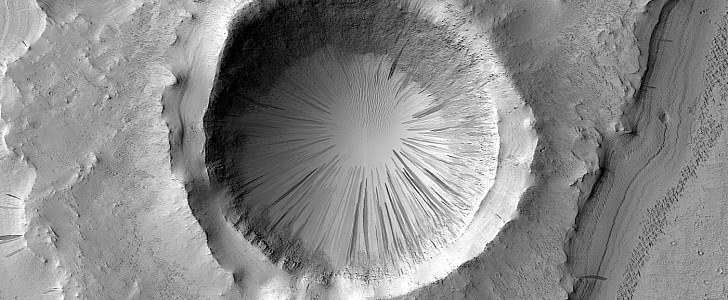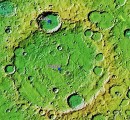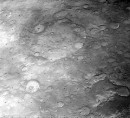Enough time has passed since the premiere of Denis Villeneuve’s "Dune" for pretty much anyone who’s seen it to have an opinion. Good or bad, by the books or not serving them justice in the slightest, this new interpretation of Frank Herbert's epic space series is here, and more of them are on the way.
If there is one thing Villeneuve got right with Dune, then that’s the looks of the mighty Shai-Hulud, the huge, monstrous sandworm that is in some sense both the protector of Arraki, and its doom.
And by got right I mean visually, because, in the very poor visual universe related to the Dune book series, this incarnation is the closest one to what my own imagination conjured up while my eyes were reading.
As some of you already know, the most impressive features of the sandworm, aside for its size, of course, are its crystalline teeth, which technically help the beast devour anything from rocks and sand plankton to humans, regardless of their allegiance, and metal spice harvesters the size of factories.
It’s exactly the shape of those teeth, as seen in the Dune movie, that has somehow made its way all the way to Mars, to be proudly displayed inside a “beautiful impact crater,” with high-standing layered ejecta.
The “teeth” are perfectly visible from an altitude of 277 km (172 miles), where the HiRISE camera was back in 2012 when it snapped this photo. And, despite looking like that, they’re not teeth, of course.
People from NASA and the University of Arizona, who are studying these images, say we’re probably looking at falling material that somehow arranged itself in these patterns that now ring the inside of the crater.
We are not being told where on Mars this crater is located, but we do know we’re looking at an image showing an area 5 km (3 miles) across.
And by got right I mean visually, because, in the very poor visual universe related to the Dune book series, this incarnation is the closest one to what my own imagination conjured up while my eyes were reading.
As some of you already know, the most impressive features of the sandworm, aside for its size, of course, are its crystalline teeth, which technically help the beast devour anything from rocks and sand plankton to humans, regardless of their allegiance, and metal spice harvesters the size of factories.
It’s exactly the shape of those teeth, as seen in the Dune movie, that has somehow made its way all the way to Mars, to be proudly displayed inside a “beautiful impact crater,” with high-standing layered ejecta.
The “teeth” are perfectly visible from an altitude of 277 km (172 miles), where the HiRISE camera was back in 2012 when it snapped this photo. And, despite looking like that, they’re not teeth, of course.
People from NASA and the University of Arizona, who are studying these images, say we’re probably looking at falling material that somehow arranged itself in these patterns that now ring the inside of the crater.
We are not being told where on Mars this crater is located, but we do know we’re looking at an image showing an area 5 km (3 miles) across.







